Categories
Subjects
Authors
Artists
Venues
Locations
Calendar
Filter
Done
May 8, 2018 – Review
Frieze New York
Orit Gat
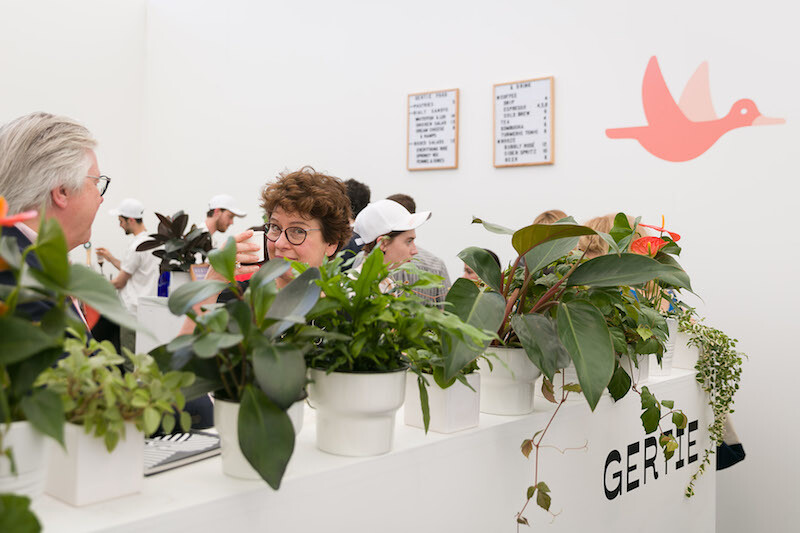
It’s summer in May. It’s been a long winter, and a long semester teaching art history is drawing to a close. The past four months I’ve been talking to my students about the political possibilities of art: trying to convince them not to look away, but to be moved, to pay attention, and to think of that participation as a form of political agency. We’ve talked about how to look at historical work with an eye to 2018. “Is this still useful?” I ask them of 1950s painting, or video work from last year. My students don’t always have an answer. Nor do I. But I keep asking and looking, knowing that, while I may not always find answers, paying attention is important.
At Sfeir-Semler Gallery (Beirut/Hamburg) are drawings from Rabih Mroué’s Leap Year’s Diary (2006–16). Small framed works are composed of clippings from mostly Lebanese newspapers, cut out and glued onto paper. There are objects (a bell, a truck, a military plane flying across a blank white-paper sky) and full scenes (a boy reaching for a string tied to a bird’s foot); there are shells of homes, and figures standing alone, looking at what may have been landscapes before they …
May 5, 2017 – Review
Frieze New York
Rachel Wetzler
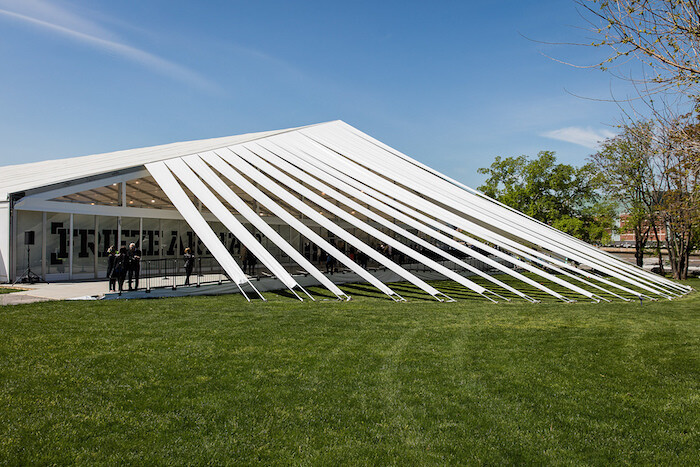
The first thing I saw upon entering the tent at Frieze New York was Elmgreen and Dragset’s Rite of Passage (2014) at Massimo De Carlo, a tattered sign bearing the word “MIRACLE” with a white vulture perched on top, flanked by lengths of torn chain link fence. This dismal tableau fitted the mood: when I left my apartment for the preview on Thursday morning, Congress was, for the second time in as many months, debating a bill that would return millions of Americans—including most of the artists and writers I know—to the ranks of the perpetually uninsured.
This unreal quality of the fair, literally ensconced on an island, was the subject of Dora Budor’s Frieze Projects commission, MANICOMIO! (2017), for which she hired several Leonardo DiCaprio impersonators to meander around in the guise of the actor-collector’s notable characters. Details were left intentionally murky in the advance press materials, presumably to enable moments like the one I experienced upon seeing a man with a scraggly beard and fur cape walk by: I jotted down in my notebook “is the man dressed like he belongs in The Revenant a performance artist, or just weird?”
Still, I was pleased by the distraction. Though the overall …
May 6, 2016 – Review
Frieze New York
Tim Gentles
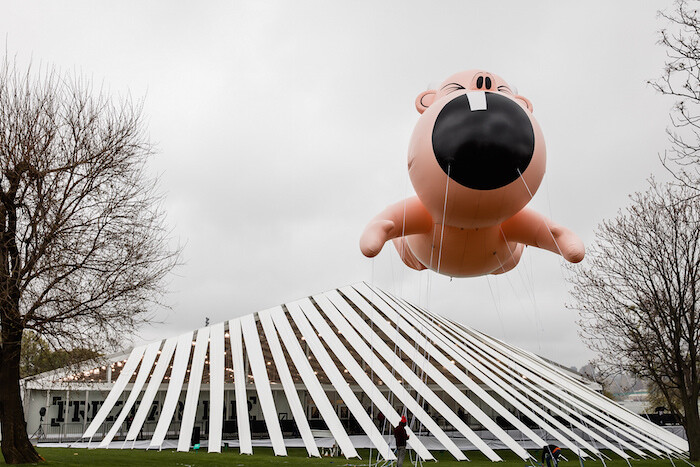
On Wednesday, the day of Frieze New York’s invitation-only preview, a friend of mine, another part-time art writer, tweeted: “Feels like a good weekend to go to something you loathe, run into people you sort of know, and make small talk about the inanity of it all.” Those who work in the contemporary art world typically approach major art fairs with a unique blend of trepidation, begrudging participation, and barely contained glee at being able to tell everyone just how busy and sleep-deprived you are for an entire week. While taking a masochistic delight in being overworked is nothing new to the art world—in fact, it could and has been argued that our longstanding tradition of eliding the distinction between work and leisure is precisely the economic model for an overworked and underpaid present—it’s a coping strategy that feels especially resonant as art fairs become increasingly numerous and integral to its fabric.
Frieze in particular is synonymous with the rise of an event culture within the art world, and this year’s iteration only serves to expand this tendency. Once again presenting a series of talks, specially curated sections, site-specific commissions, an education component, and a meticulous selection of hip New York …
May 15, 2015 – Review
Frieze New York
Andrew Stefan Weiner
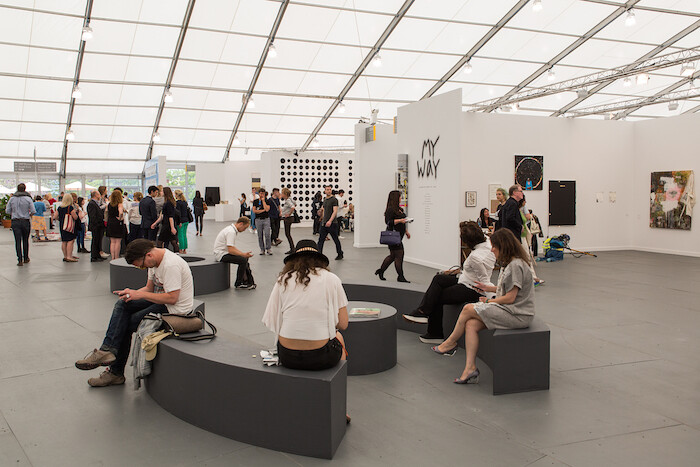
Far above the North Atlantic, a plane is flying from Venice to New York. Most of the passengers in business class sleep comfortably in their lie-flat seats, but one stays awake sipping complimentary champagne. His voice barely audible above the jets’ white noise, he muses: “Is there even any difference between biennials and contemporary art fairs?” The knee-jerk answer to his question would be, Of course. Biennials are typically organized by curatorial teams who engage in protracted research to stage thematic arguments. Whereas they ask their visitors to look and think, art fairs tell them to buy, or at least window-shop. Venice notwithstanding, most biennials exist in relatively peripheral locations and often target non-art audiences, while fairs are built to serve the needs of the global 1 percent who comprise their clientele. But another, more pertinent answer might be, Less and less, or even, Was there ever? As the sociologist Olav Velthuis has shown, aesthetic and commercial modes of exhibition have been indissociable throughout the history of the Venice Biennale. For its first 70 years, the Biennale had a sales office that worked on commission. Following the protests of 1968, it adopted new practices that spawned what Velthuis has called …
May 9, 2014 – Review
Frieze New York
Ginny Kollak
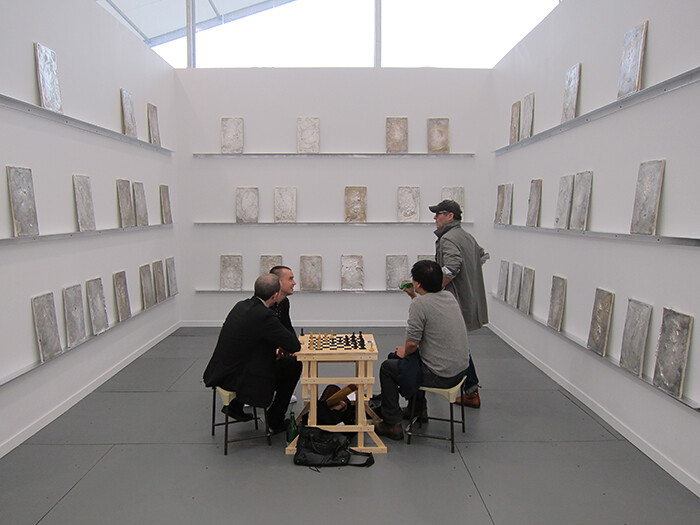
A rather Duchampian vignette set the tone for my visit to this year’s Frieze New York, the third edition of the London-import fair that takes up residence in an airy custom tent on Randall’s Island, the East River stopover noted both for its athletic fields and psychiatric asylums. In the first booth I visited, of the Lower East Side gallery Ramiken Crucible, two dealers were seated at a small table, attempting to play a game of chess. Their progress was impeded, however, by the constant stream of interested parties inquiring about the works they had on display: a lush series of cast-aluminum panels, uniform in size but varied in surface and color, by Alberta-born, New York-based artist Elaine Cameron-Weir. The panels have the archeological quality of relics from the future, alternately evoking bars of gold bullion, the remnants of some unknown spacecraft, or fossilized color field paintings.
But the chess game, in spite of it being an obviously cheeky gesture, seemed significant, as it points to how completely internalized certain motifs of twentieth-century modernism have become, but also reminds one of the important role that chance encounters still have to play in contemporary art. In the regimented world of art fairs, …
May 10, 2013 – Review
Frieze New York
Karen Archey
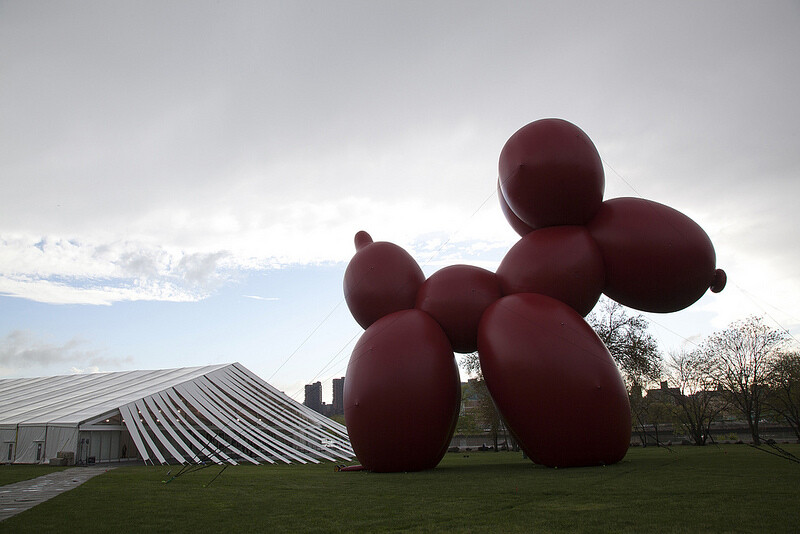
“Contemporary art: one, us: zero,” quipped a friend as we mistakenly toured what appeared to be the off-limits back room of Marian Goodman’s booth at Frieze New York. We were looking for Tino Sehgal’s performance Ann Lee. Aware of the nature of Sehgal’s work probing social boundaries through real life situations, my partner and I weren’t entirely convinced our foray into Goodman’s secret room wasn’t part of the performance itself. Our mishap was worthwhile though: it brought us to Ann Lee, an adolescent girl performing a monologue as a fictional Manga character originally developed by Pierre Huyghe and Philippe Parreno in 1999. The duo had purchased the rights to the character from a Japanese animation company, and subsequently invited other artists, such as Dominique Gonzalez-Foerster, Rirkrit Tiravanija, and Liam Gillick, to include her in their work. Originally a vacant character, she is figuratively filled by the artist’s intention. Sehgal’s version of Ann Lee comprises a rotating cast of confident, “robotic” 11-year-old girls, replete with mechanical limb movements, who directly engage audience members with questions like “Would you rather be too busy or not busy enough?” (Unsurprisingly, most audience members preferred to be too busy.) The piece examines a collective desire …
May 4, 2012 – Review
Frieze New York
Alan Gilbert
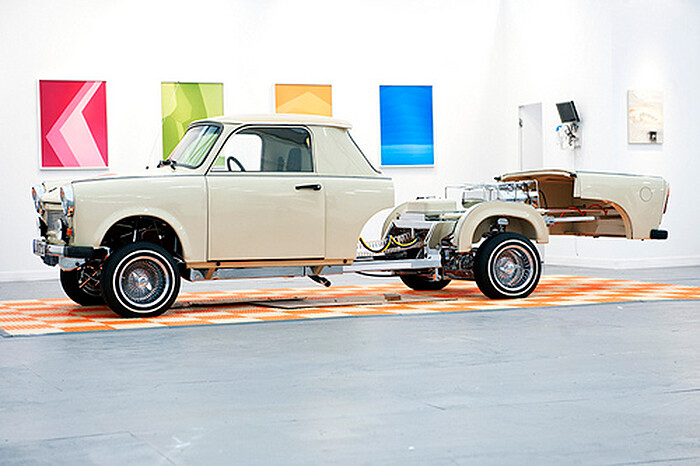
As what remains of the public domain is increasingly privatized, art fairs are becoming the real museums of contemporary art. It’s not a coincidence that the London-based Frieze Art Fair’s inaugural appearance in New York City includes a panel titled “Expanding Museums” featuring the directors of the Museum of Modern Art, the Whitney Museum of American Art, and the chairperson of the Metropolitan Museum’s Modern and Contemporary Art Department. It’s also not a coincidence that a version of Edvard Munch’s The Scream sold at a Sotheby’s New York auction for $120 million—the most ever for an artwork at auction—the day before the Frieze Art Fair opened. Furthermore, it’s probably not a coincidence that Frieze is scheduled for roughly the same week as wallets are being opened for Sotheby’s auctions of Impressionist, modern, and contemporary art. And it’s not a coincidence that on the day I visited the art fair I signed an online petition supporting the unionized art handlers that profit-pumping Sotheby’s has locked-out for more than nine months. On a similar note, Frieze New York instigated its own labor troubles when it decided to use non-union workers to erect a massive 250,000 square-foot tent to house the fair on …